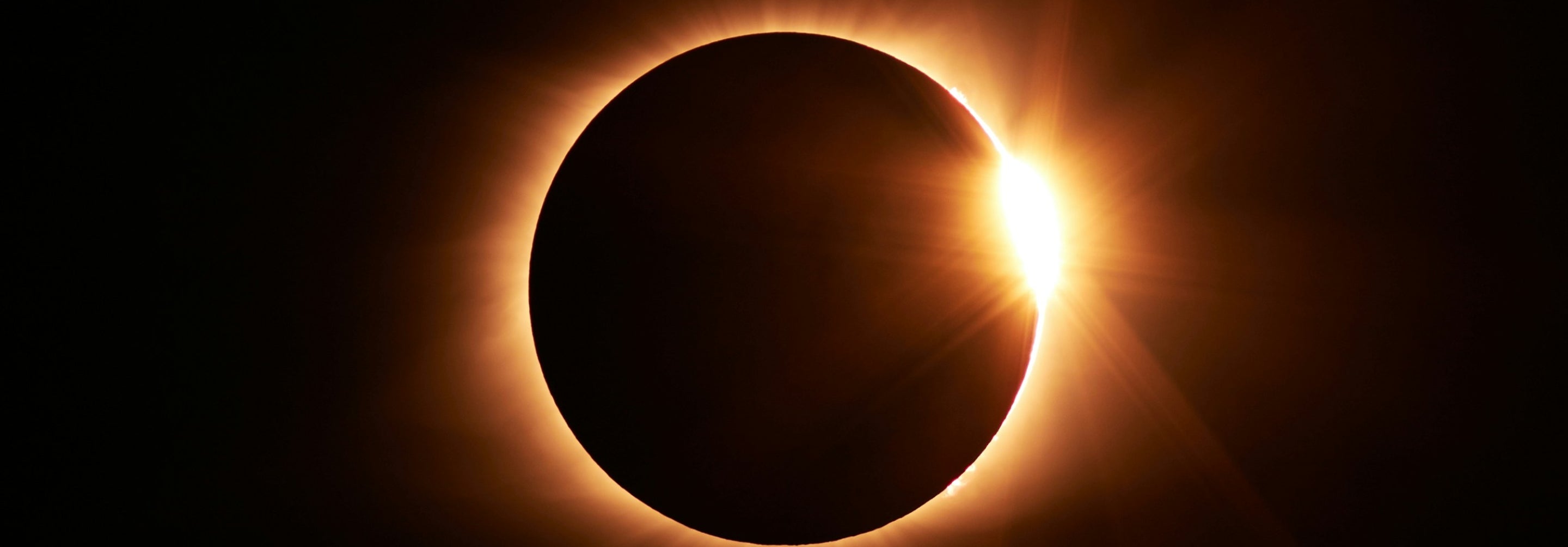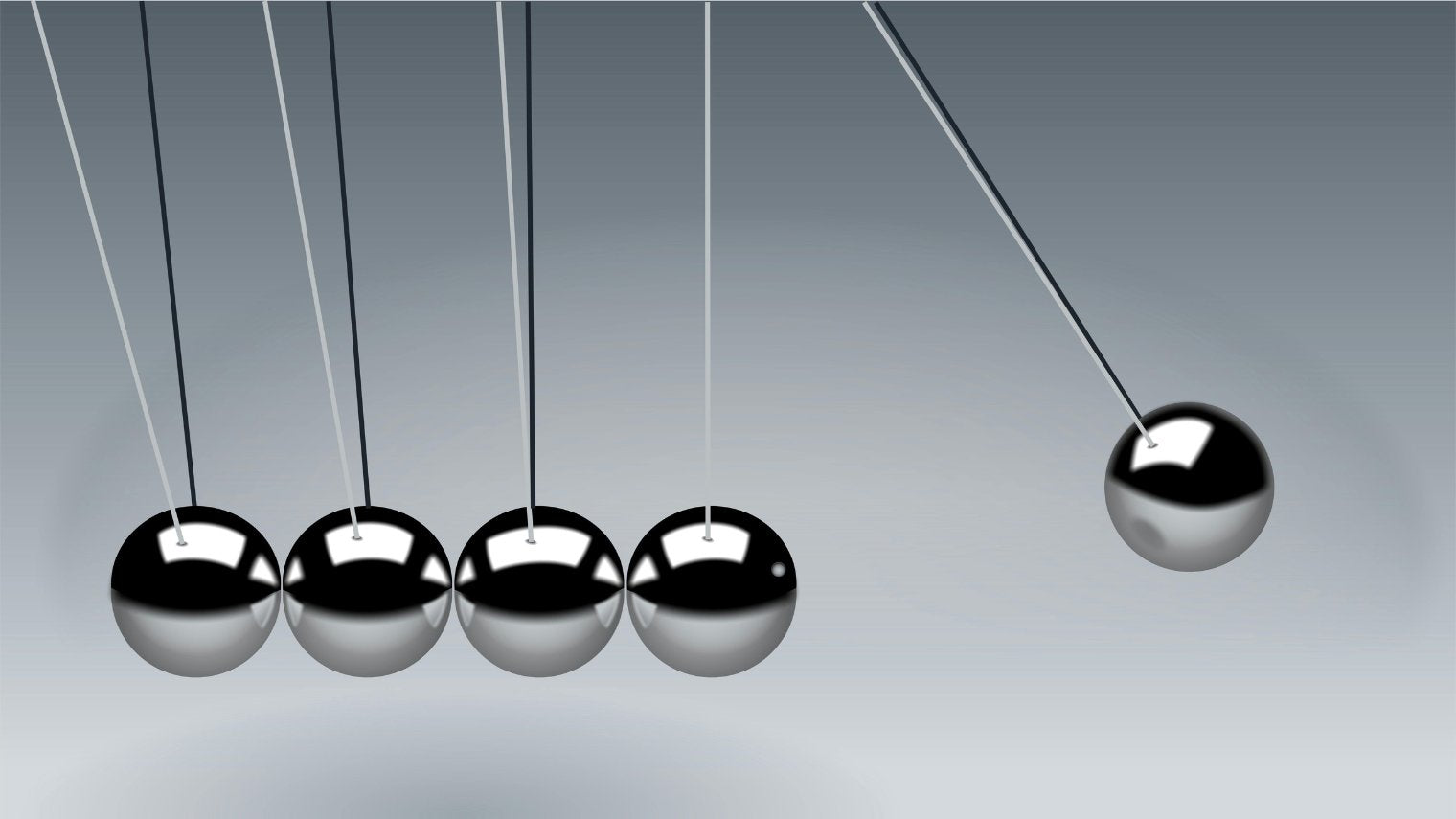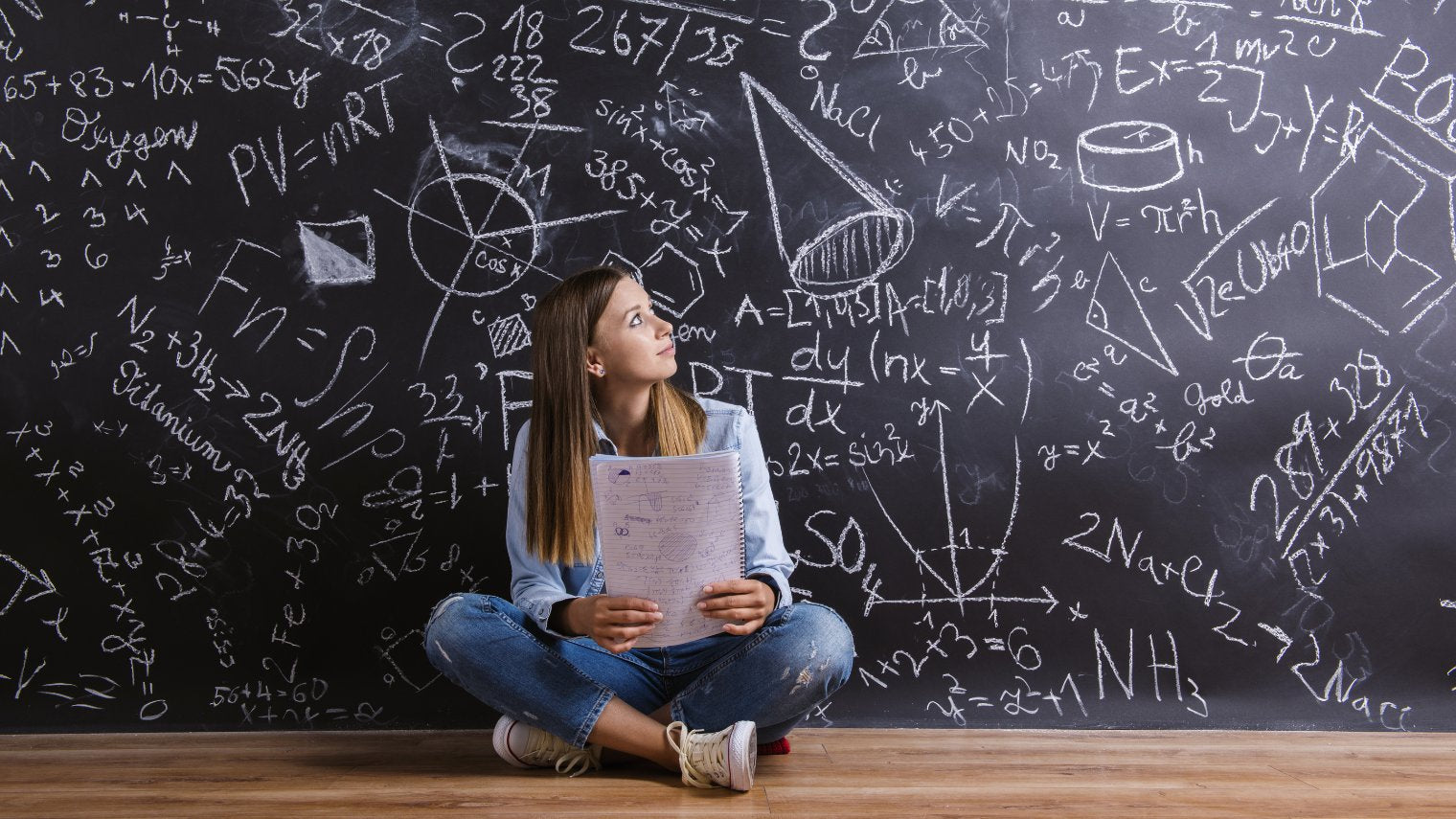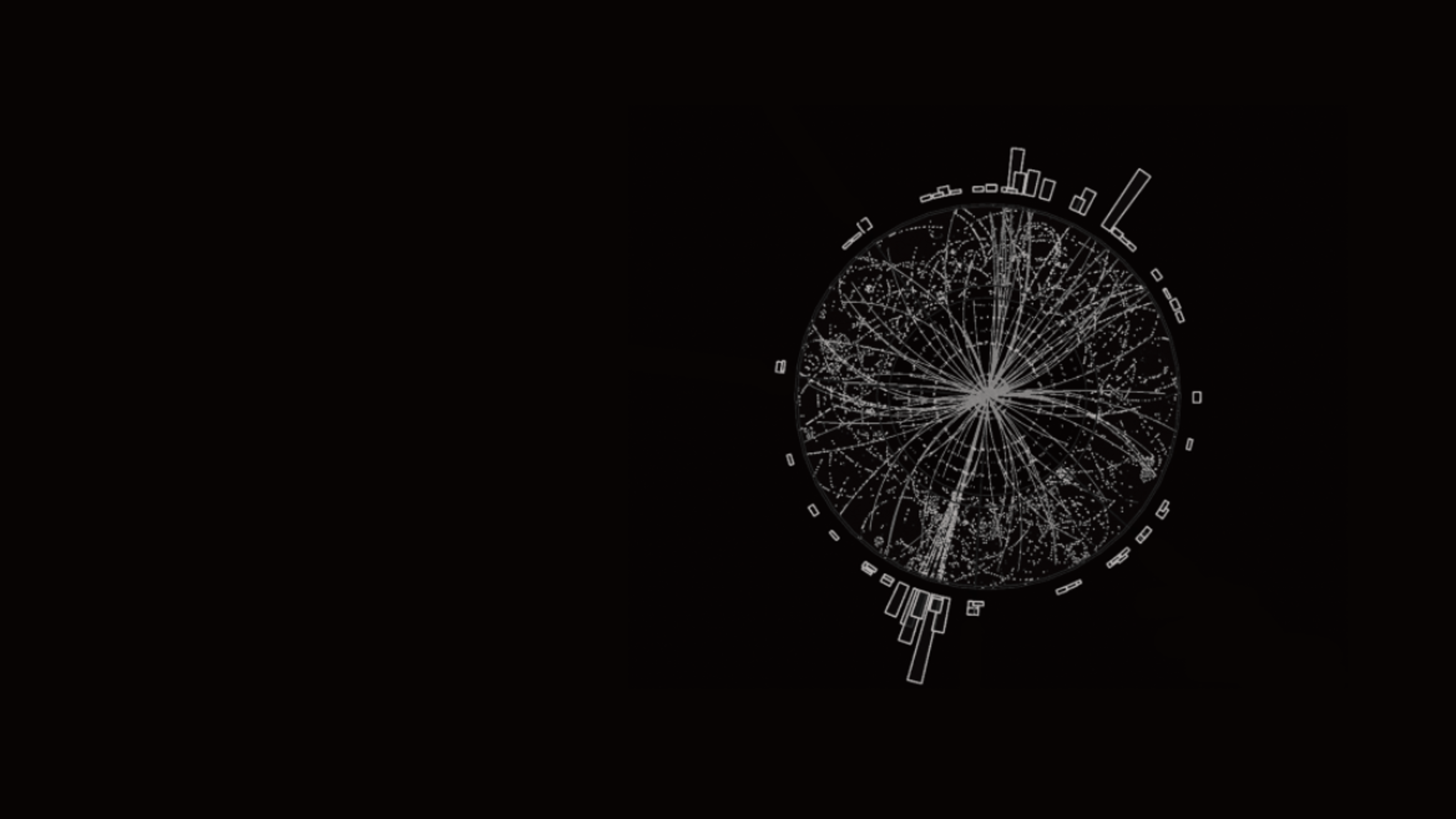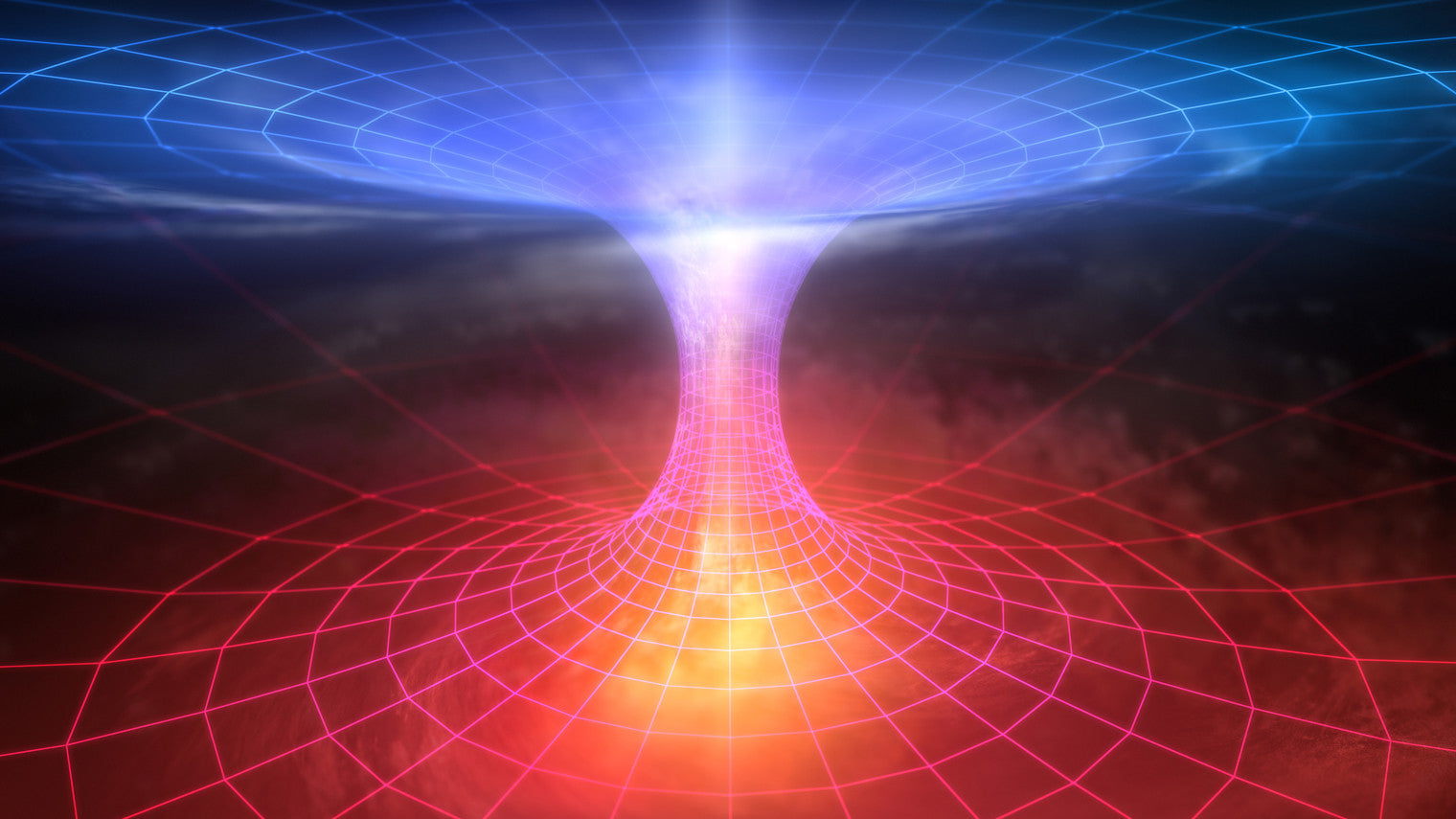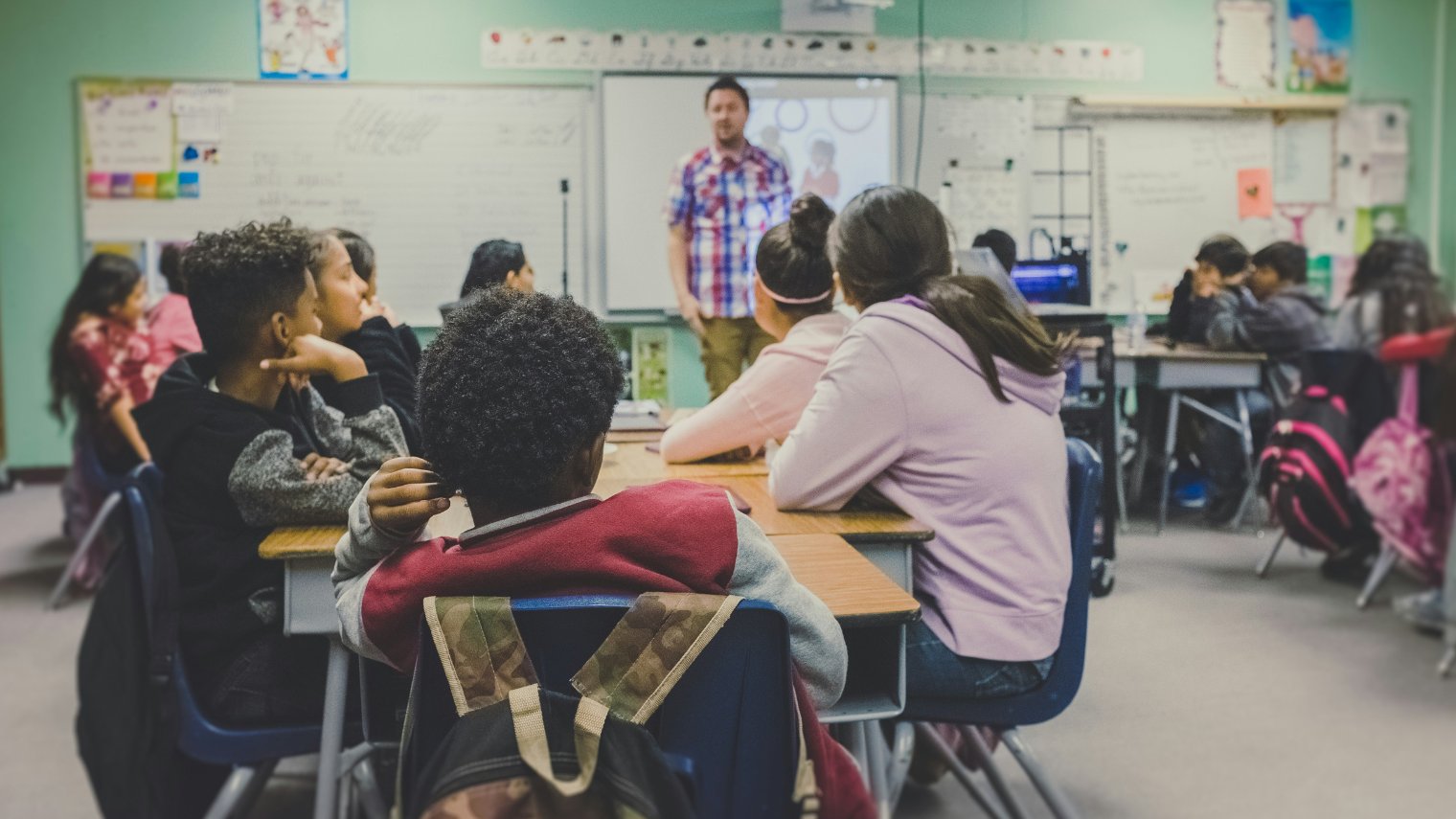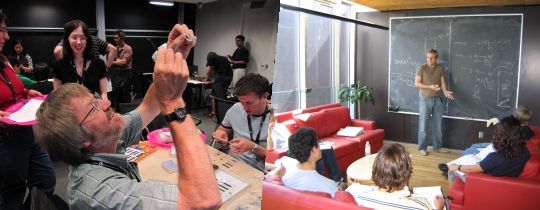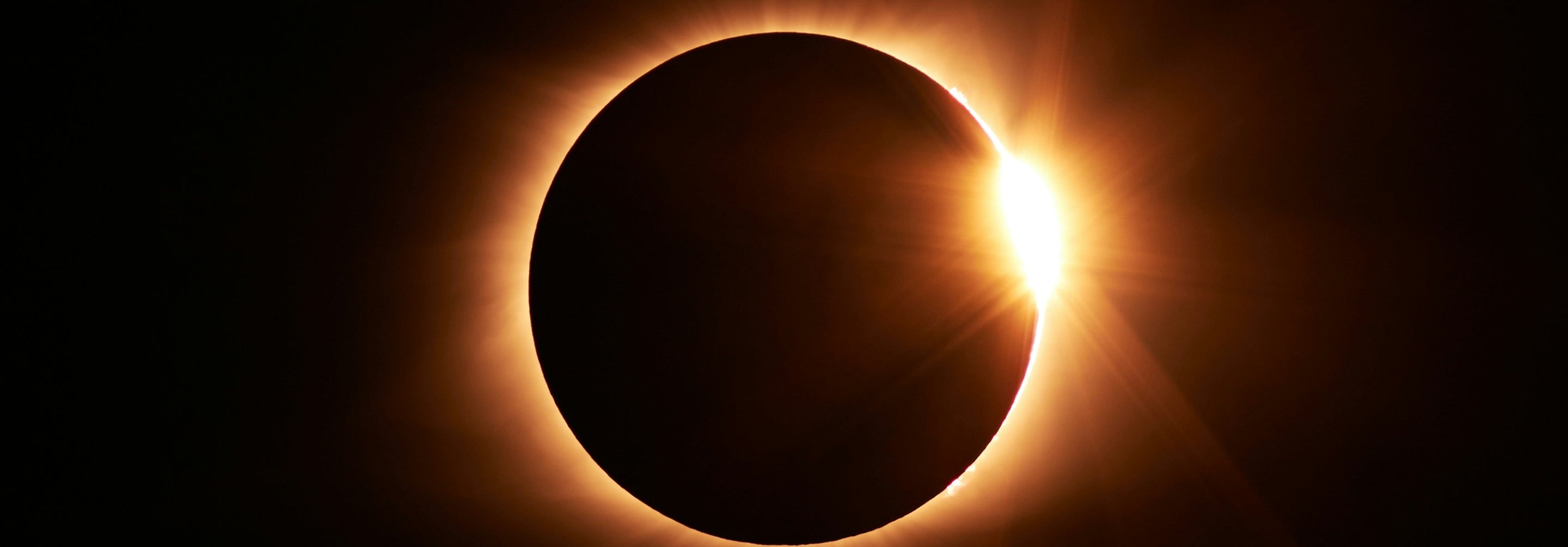
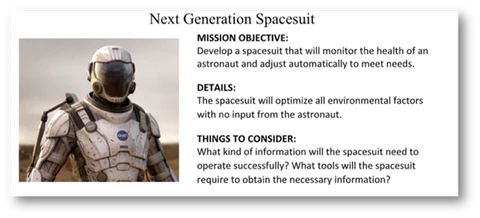
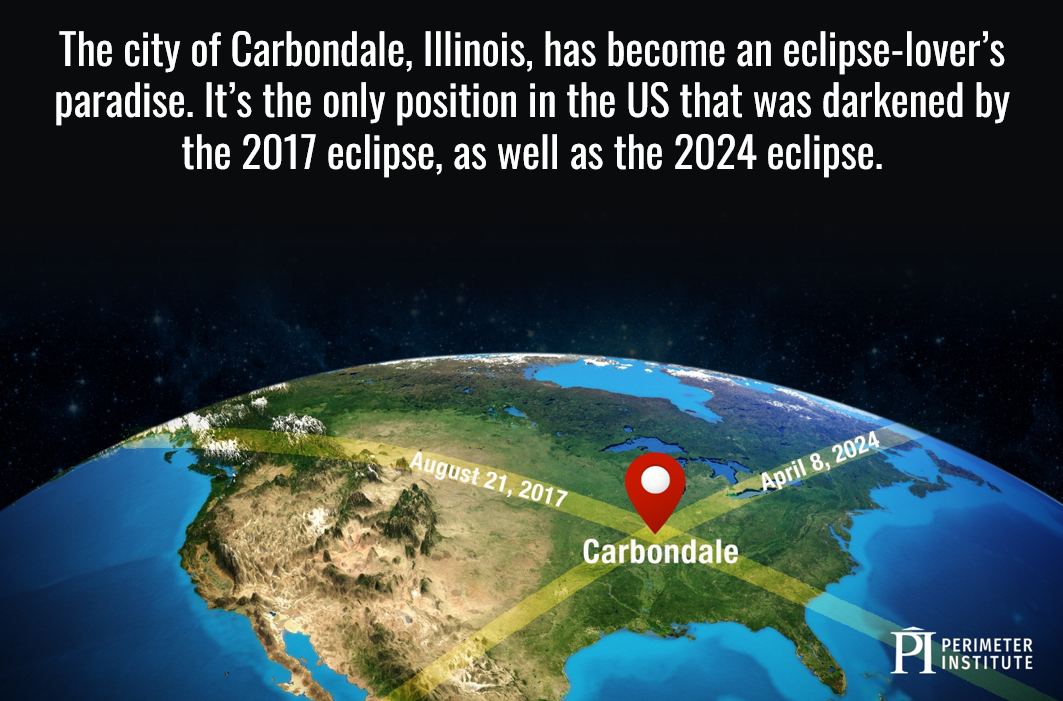
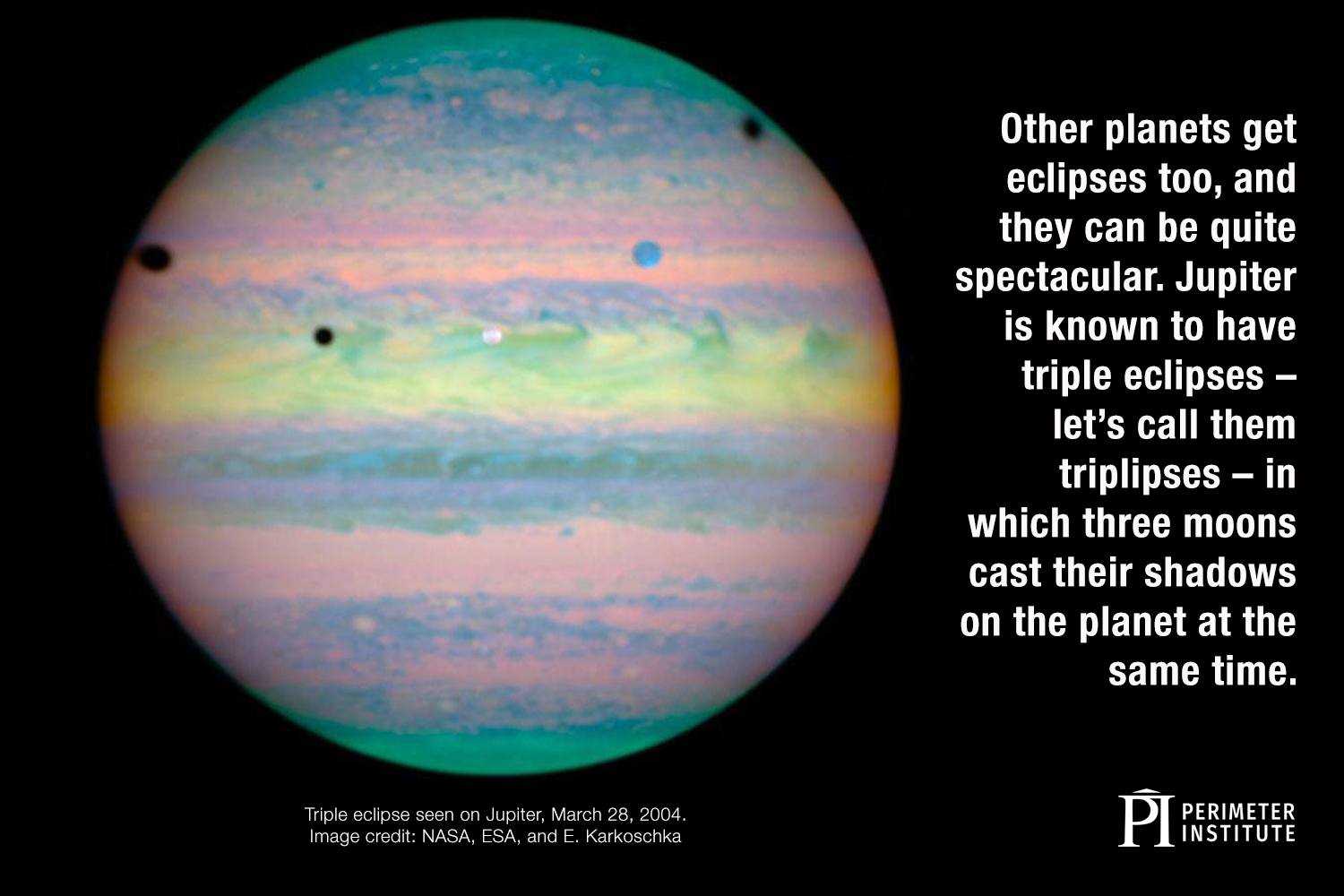
Copy of TEST
This resource explores how scientists think by making observations and inferences, building models and finding patterns. Many of these activities make excellent additions to the first week of class when you are looking to engage students in thinking tasks that don’t require much prior knowledge.
Inquiry Cubes

Students make inferences and find patterns by examining a cube that has labels on five of the faces. They predict what could be on the sixth face. The secret to this activity is that there is no “right” answer.
Mystery Containers

Students examine containers that have concealed objects inside. They make observations using tools including magnets, measuring tapes, scales and thermometers. The experience is similar to how scientists build models for things they can’t see, like the core of Earth or atoms.
Extending Our Senses

Students sort cards to examine how technology can extend and protect human senses. Then, they are given a challenge, like designing a space probe or developing a medical scanner.
Finding Patterns

Students sort chemical element cards by finding patterns in their properties. From the patterns, they reconstruct the periodic table just like Mendeleev did. From there, they explore the mechanisms behind the patterns by sorting a new set of cards showing the Bohr–Rutherford model.
Signals from Space

Students use real astronomical data to solve an outstanding mystery in astronomy: What are fast radio bursts? Students use data to rule out possible models and determine which is the most likely explanation for these mysterious signals.
Science in Action

In this literacy activity, students collaborate by sharing information cards to solve different science mysteries. All of the information is true, but not all of it is useful. Case studies include: 1) Why do zebras have stripes? 2) Do the northern lights make sounds? 3) What causes cholera? 4) Why are sea levels rising?
Evaluating Scientific Studies

“Studies show…” is a familiar lead-in to scientific claims, but how do you know whether a scientific study is reliable? A series of hands-on mini-activities help students explore observer bias, significance, sample size, correlation versus causation, and other important factors to consider when evaluating scientific studies.
